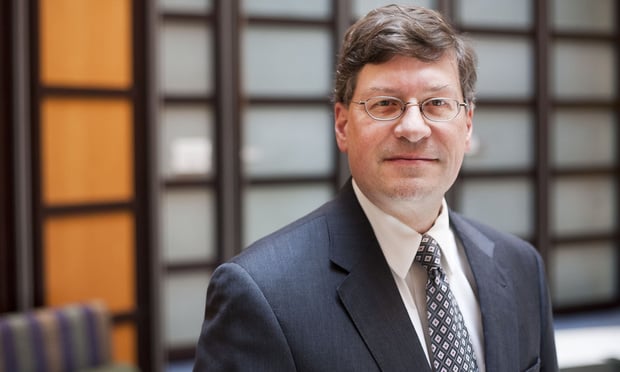The 2013 Sniper Attack on California Electric Grid
A top DHS official revealed on Wednesday that an infamous 2013 sniper attack on a California energy grid substation may have been committed by someone on the inside. The attack, which nearly took out power to parts of Silicon Valley, has been called "the
most significant incident of domestic terrorism involving the grid that has ever occurred" by the nation's top electrical utility regulator. The yet-unsolved case has been shrouded in mystery. No suspects have been named, and
as of last year, no motive identified. But at an energy industry conference in Philadelphia this week, we got our first glimpse at who the government thinks might have attacked the grid. "While we have not yet identified the
shooter, there's some indication it was an insider," said Caitlin Durkovich, assistant secretary for infrastructure protection at the Department of Homeland Security.
Was it a current or former employee of PG&E (PCG)? A hired contractor? DHS will not comment on an ongoing investigation. Shortly after midnight on April 16, 2013, some people snuck up on PG&E's substation in Metcalf, California. They cut fiber-optic
AT&T phone lines, shutting off service to nearby neighborhoods. They also fired more than 100 rounds of .30-caliber rifle ammunition into the radiators of 17 electricity transformers. Thousands of gallons of oil leaked,
causing electronics to overheat and shut down. PG&E engineers were able to reroute power, but it was a struggle to keep the power on during the attack. The assault lasted only 19 minutes, but it caused $15 million in damage.
It also became a harsh wake-up call for energy providers, who have since become obsessed with the physical security of their remote power stations. PG&E alone has pledged to spend $100 million to improve security at its
facilities. Also, it and AT&T (T) have each announced separate $250,000 rewards to catch the attackers.
Why the alarm?
Transformers are often custom designed, sometimes costing $3 million each -- and replacements are slow. Plus, physical attacks on energy distribution machines are much more effective at taking out the power grid than a computer
hack. And it's incredibly easy to pull off, several energy utility firms told CNNMoney. Experts attending GridSecCon, held by the North American Electric Reliability Corporation this week, are now discussing the need to enclose
electronics in 1/2-inch thick armor plating that can stop high-powered rifle rounds. Power utilities have started loading remote substations with infrared cameras, gunshot audio sensors and even seismic recorders that catch
vibrations. Correction: The headline and first sentence of this story have been updated to reflect the comment made by the DHS official.




 Peter Keisler. Photo by Diego M. Radzinschi/ALM
Peter Keisler. Photo by Diego M. Radzinschi/ALM

